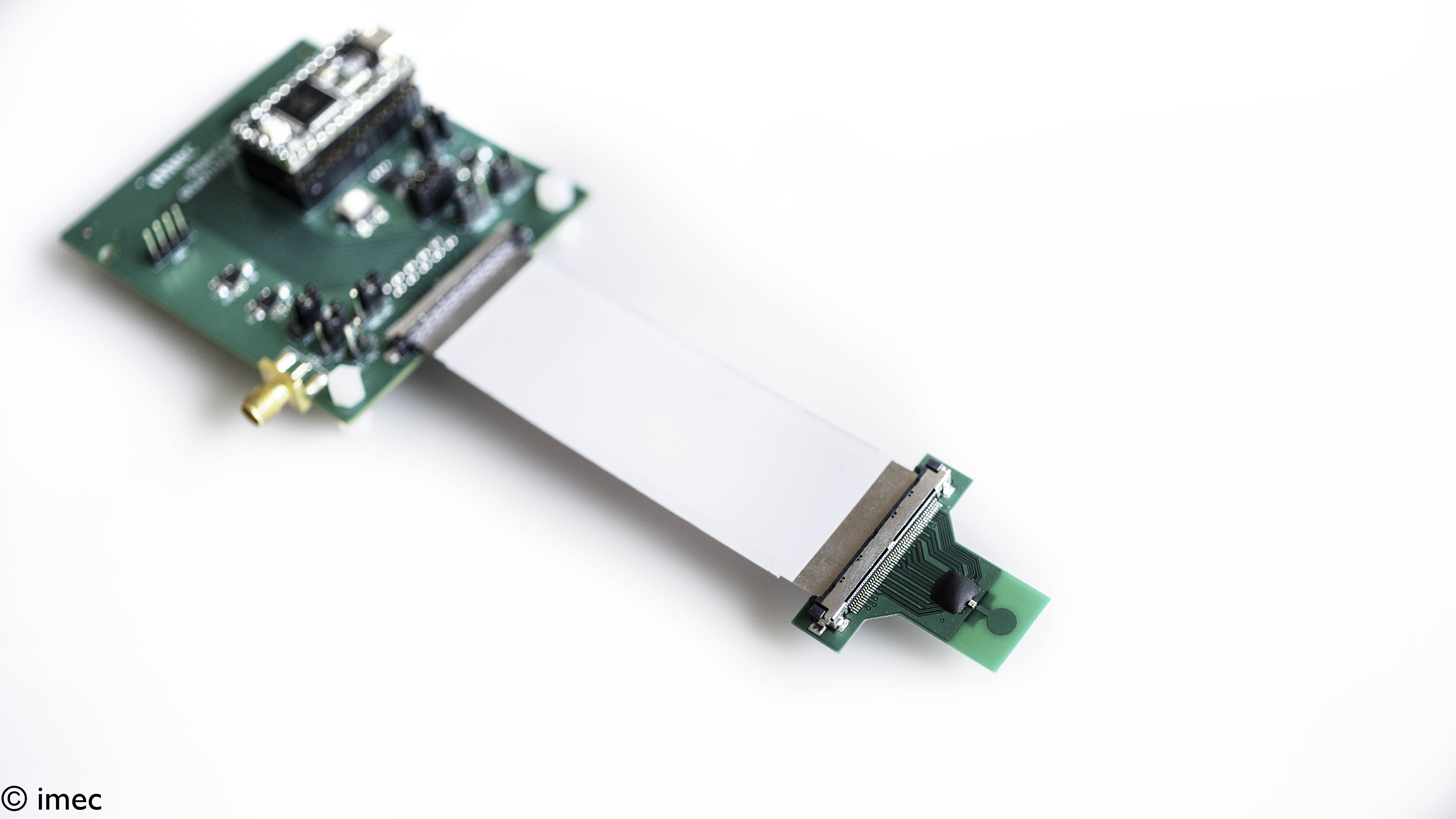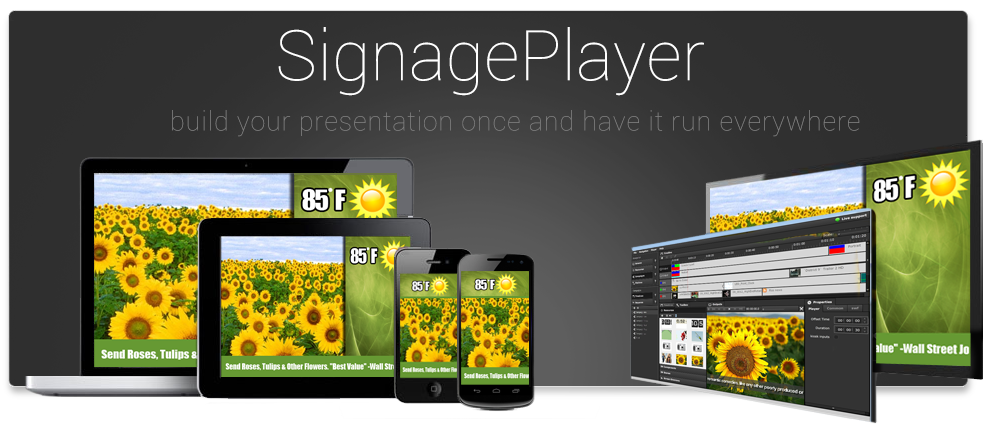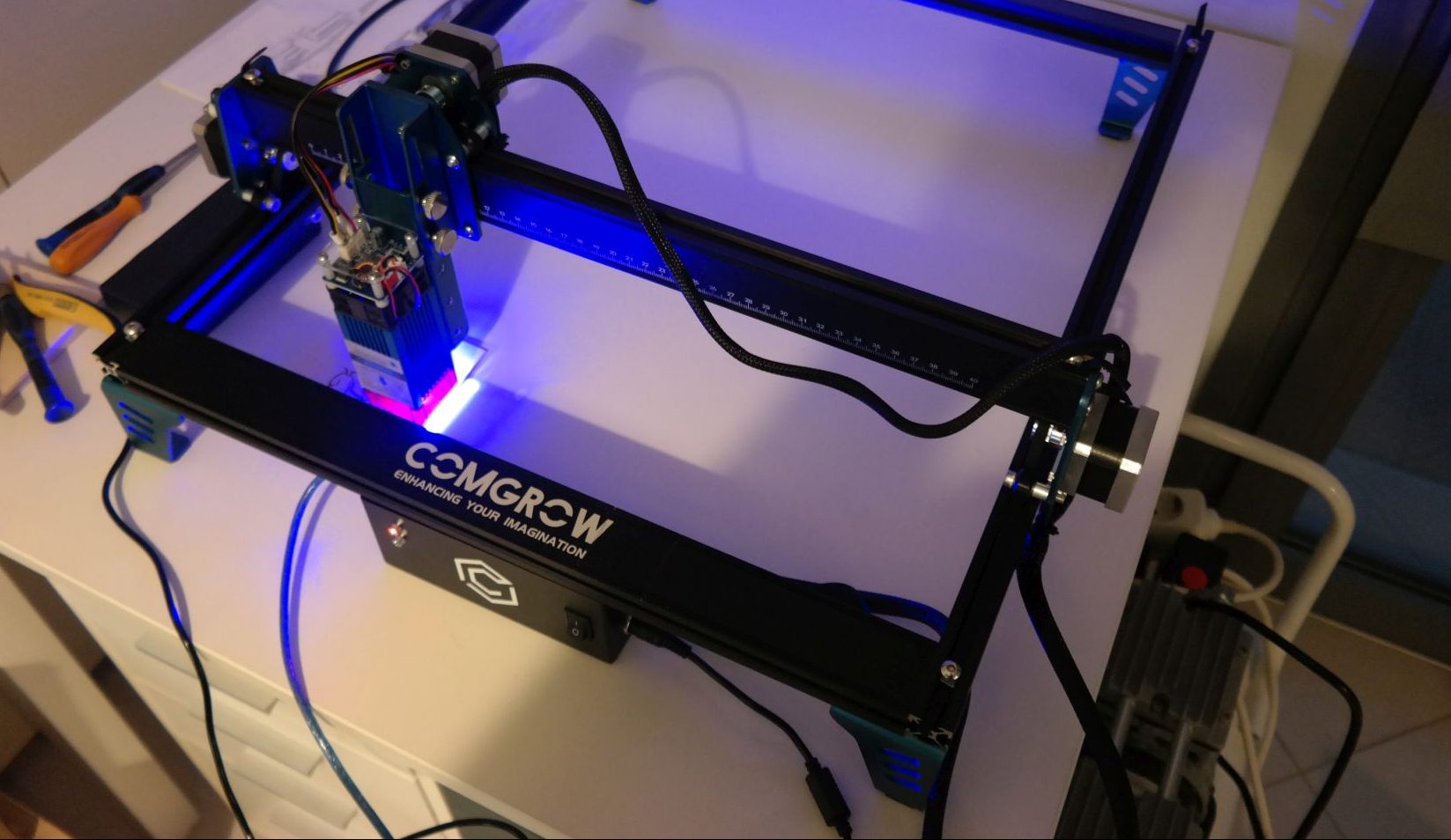
The chip can accommodate data transfer rates of 1.66Gb/s. This is 50 times the speed supported by today’s UWB standard
The chip’s performance strengthens researchers’ belief that UWB is perfectly capable of expanding beyond its typical ‘accurate and secure ranging’ use cases.
Today, ultra-wideband communication technology is commonly used to support applications such as secure keyless entry for automotive and hospitality, indoor localization, and asset tracking. Yet, experts have been claiming for some time that UWB’s potential is much larger than that.
“Based on this firm belief, we continue to push the boundaries of UWB”, says Christian Bachmann, program director of UWB at imec. “It has led us to investigate whether the technology is effectively capable of supporting low-power, higher bitrate applications, which in turn has resulted in the development of a brand-new ultra-wideband transmitter chip.”
Despite the record high bitrates it supports, the transmitter comes with a power consumption of less than 10 milliwatt (mW).
Its energy efficiency of 5.8pJ/b is at least an order of magnitude improvement over Wi-Fi.
To achieve those higher data transfer rates, the chip leverages more complex (and even combined) modulation schemes that build on imec’s expertise in developing all-digital phase-locked loops (ADPLLs) and digitally-controlled power amplifiers.
To enable those hybrid impulse modulation schemes at the lowest possible footprint, researchers developed a highly energy efficient and low jitter ring oscillator in combination with a low-power polar transmitter.
These results prove that UWB is capable of supporting a wide range of applications that combine the need for high data transfer rates at short distances with very low energy consumption, and a small form factor.
Imec
welcomes partners to join its UWB R&D programand extensive partner network.







